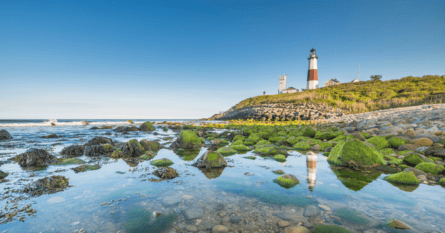As new travelers build on the legacies of past explorers, sustainable tourism practices are paramount to preserving Antarctica’s unique landscape and ecology.
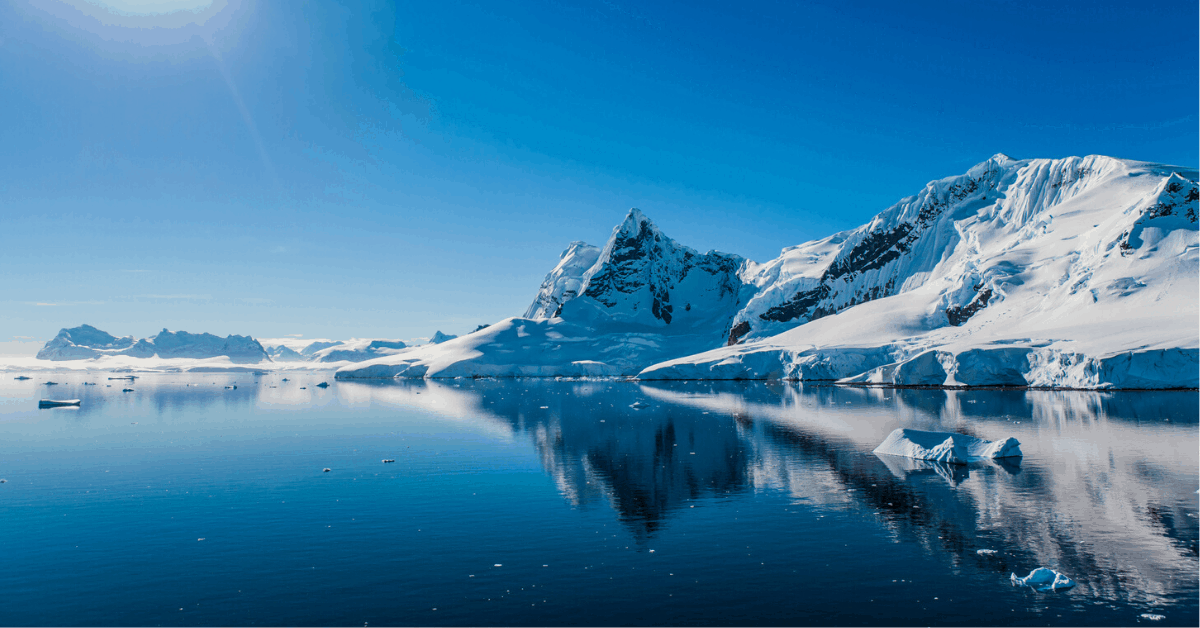
The frozen desert of Antarctica, with its boundless icescapes, is the ultimate destination for today’s intrepid traveler. Much of the travel appeal to Antarctica centers around the desire to follow the journeys of early pioneers. However, in the context of climate change, the Antarctic region is increasingly vulnerable. Today, as new travelers build on the legacies of past explorers, sustainable tourism practices are paramount to preserving the region’s unique landscape and ecology.
Antarctica is the coldest, windiest, and driest continent on earth. Beautiful yet formidable, the area is characterized by colossal rock faces, snow-capped peaks, glaciers, and imposing icebergs. Unlike other landscapes, Antarctica is constantly in flux. No two vistas are alike and no two moments are the same.
As the frozen frontier at the end of the world, Antarctica is made up of 90 percent of the world’s ice and holds 70 percent of the world’s freshwater. With rising global sea temperatures and sea levels, melting ice, and global freshwater shortages, Antarctica is an area of the world that is vitally important to the health and wellbeing of the planet.
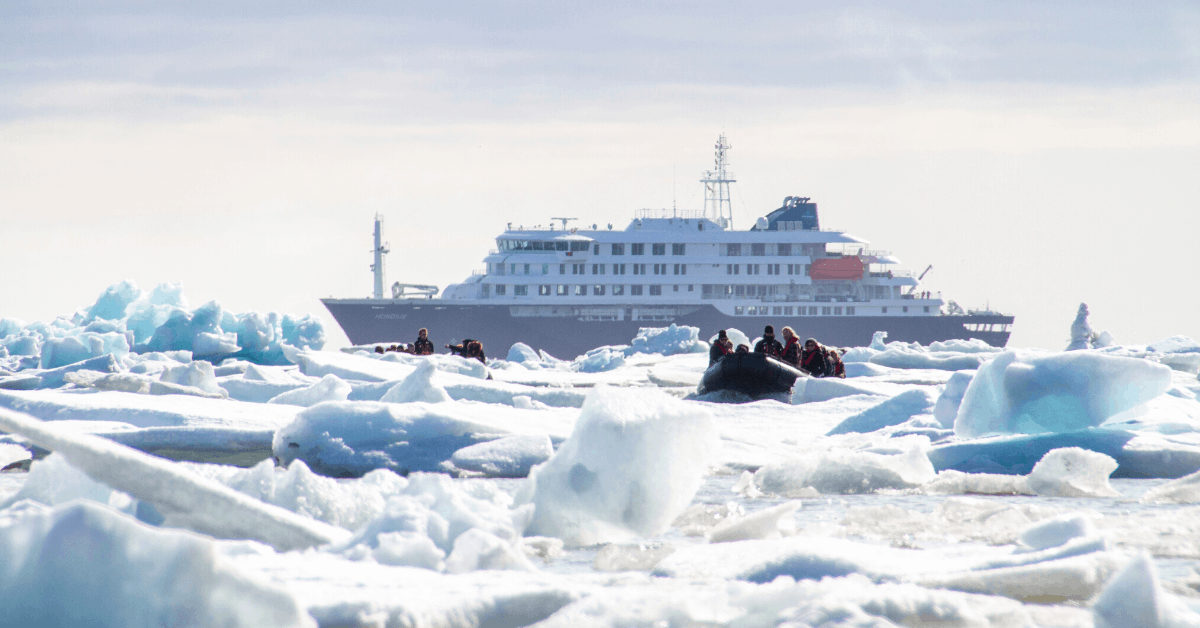
Ancient Antarctica
It was the ancient Greeks in 350 BC who first suggested the existence of a southern landmass. According to Māori oral histories, both men and women explored Antarctica from as early as 650 AD.
More than a millennium later in 1773, Captain James Cook crossed the Antarctic Circle and circumnavigated the continent. Although he did not see land, Cook was convinced that rock found in icebergs was proof that a southern landmass existed.
The heroic age of exploration across Antarctica
Early expeditions paved the way for an era of exploration dubbed the “Heroic Age of Antarctic Exploration”. The term heroic recognized the sheer adversity faced by early explorers. Limitations in technology at the time, particularly transport and communication, meant that expeditions were feats in courage and perseverance.
The Southern Cross Expedition
The 1898 Southern Cross Expedition was the first expedition to overwinter on the mainland. Groundbreaking in many regards, the expedition was the first to use dogs and sleds, the first to ascend the largest ice shelf in Antarctica, the Ross Ice Shelf, and the first to calculate the location of the South Magnetic Pole. The expedition also set a Farthest South record of 78°30’S, the southernmost latitude reached by explorers at the time.
Spending the winter of 1899 at Cape Adare, the north-easternmost peninsula of East Antarctica, the expedition carried out extensive scientific observations, including meteorological and magnetic conditions of the region and sampling of the continent’s natural fauna, flora, and geology.
The scientific research tradition continues for travelers today, and expeditions often include the opportunity to partake in citizen science. In addition, expeditions to the region include lecture and seminar programs by experts, including biologists, geologists, and historians. Through these programs, there is the opportunity to better understand our impact on the region and how to mitigate it. The programs also teach visitors how to identify different species, how icebergs are formed, the history of exploration and whaling in the region, and how climate change is altering the landscape. On National Geographic Expedition Cruises, for example, trips are accompanied by National Geographic photographers and experts who specialize in the region.
The Belgian Antarctica Expedition
The Lemaire Channel is a 6.8 mile-long (11 kilometers) strait off the mainland. First traversed in December 1898 during the Belgian Antarctica Expedition, the channel is named after Charles Lemaire, a Belgian explorer of the Congo. The area is a popular tourist destination with steep cliffs flanking the iceberg-filled calm seas of the passage.
Lemaire Channel is often described as an aquarium, due to its abundance of wildlife, including humpback and minke whales, orcas, penguins, and dolphins. Traveling by zodiac, which is a type of inflatable boat, through the Lemaire Channel makes it possible to see the staggering wildlife up close. However, you should make every effort not to disturb the animals, take only photographs, and leave nothing behind on your expeditions.
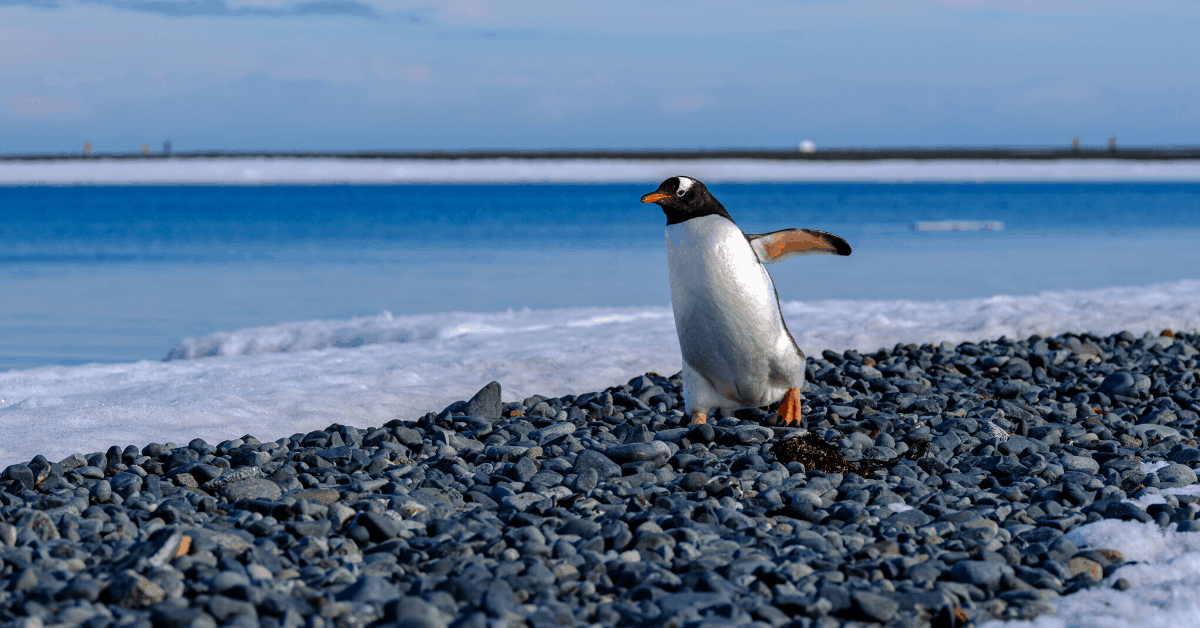
The Imperial Trans-Antarctic Expedition
The difficulties faced in these early journeys are exemplified by British-Irish explorer Sir Ernest Shackleton’s 1914 expedition. The expedition sought to make the first land crossing of the Antarctic continent, however it proved unsuccessful when Shackleton’s ship got stuck in ice in the Weddell Sea. His team was stranded for 135 days on Elephant Island. In the springtime, when the ice melted, the damaged ship sank.
Enduring unrelentingly rough seas and a hurricane, Shackleton then sailed 800 miles (1287 kilometers) in a lifeboat to reach South Georgia Island, crossing a previously unconquered mountain range before being rescued.
Elephant Island, located 150 miles (241 kilometers) off the tip of the Antarctic Peninsula, is a popular tourist destination. Elephant Island is a great place to see the island’s namesake, elephant seals, with their large hanging noses resembling elephants’ trunks. If you decide to partake in a shore visit to the island, and elsewhere in the region, it is important to wear special boots which are disinfected after each excursion to reduce the possibility of contamination. It is also crucial to take individual responsibility as polar explorers by keeping a safe distance from wildlife and being extremely wary of contamination through foreign seeds, plants, or bacteria.
Sustainable companies that travel to Antarctica
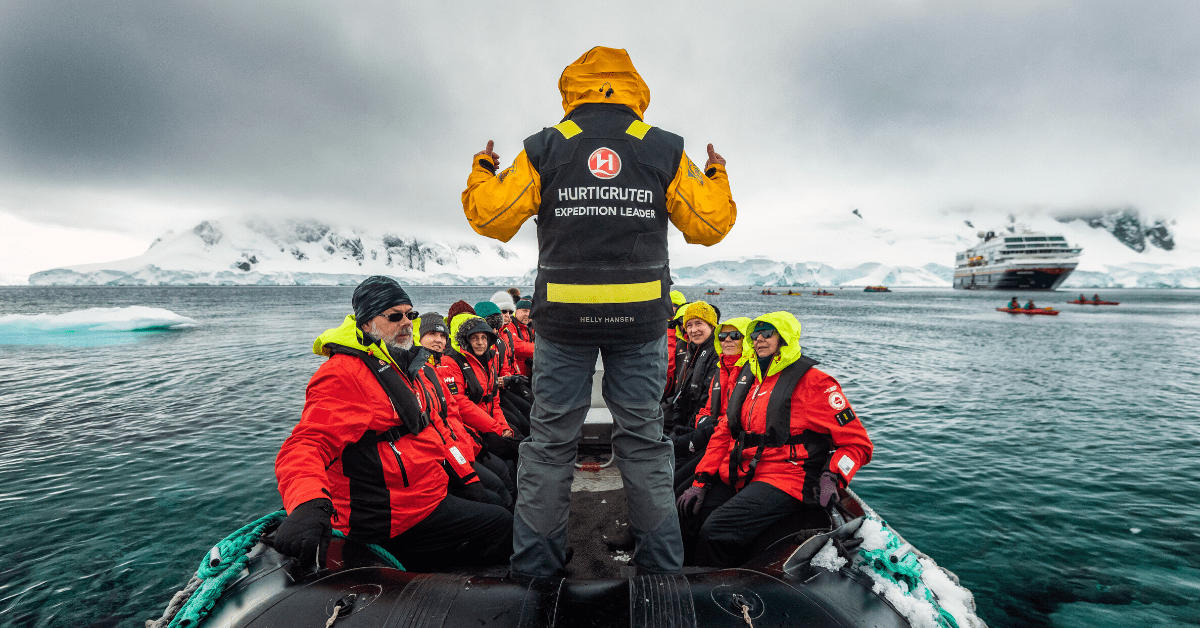
Always travel with a reputable company that belongs to the International Association of Antarctic Tour Operators (IAATO). The association offers self-regulated strict principles and guidelines to actively minimize the impact of tourism.
Hurtigruten cruise ships use hybrid battery technology. By sailing with electrical propulsion, they cut their CO2 emissions and fuel consumption. Hybrid technology also reduces ship noise, allowing passengers to more fully enjoy the quietest place on earth.
Lars-Eric Lindblad led the first citizen-explorer expedition to Antarctica in 1966. His company, Lindblad Expeditions operates completely carbon offset, has eliminated single-use plastics across its entire fleet, and makes crew uniforms from recycled plastic.
Oceanwide Expeditions use small traditional sailing vessels, LED lighting, steam heat, biodegradable paints, and biodegradable lubricants. Onboard, passengers drink desalinated seawater.


